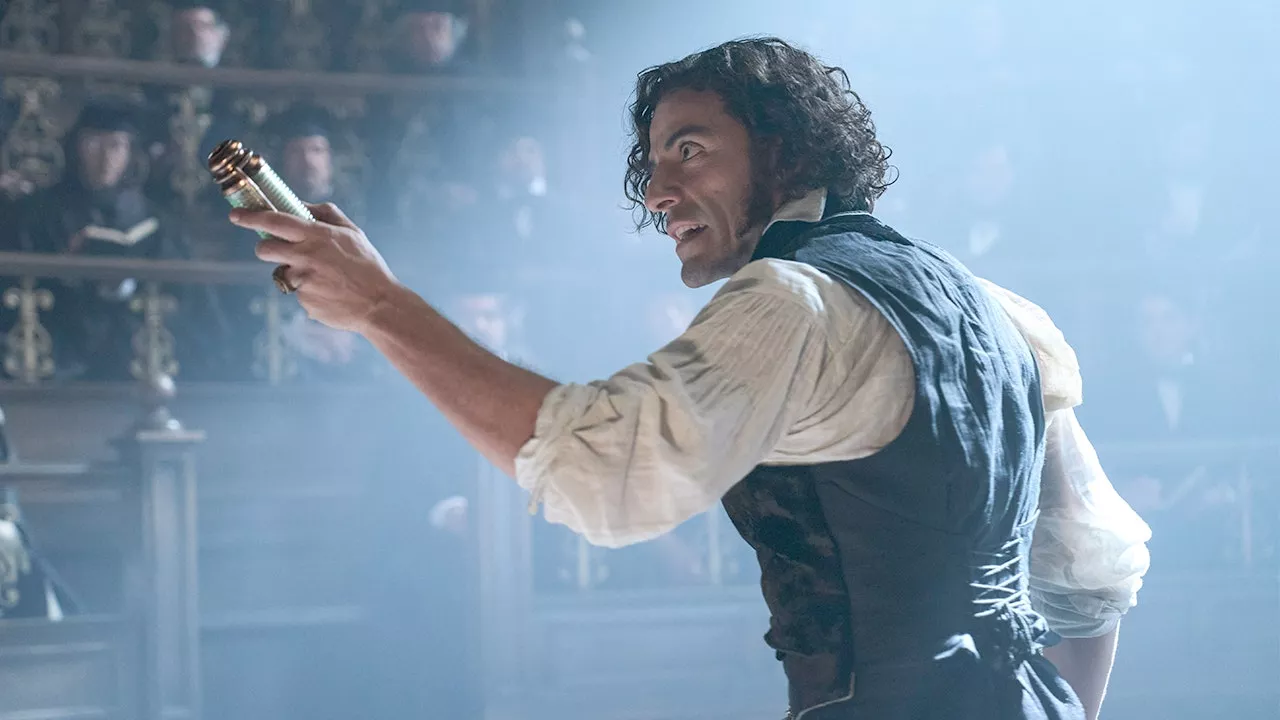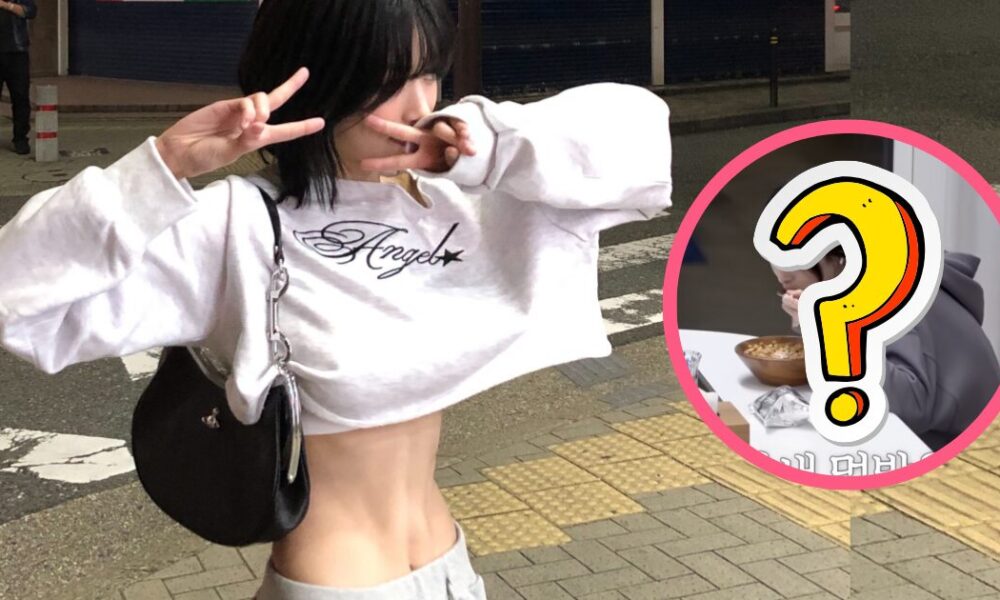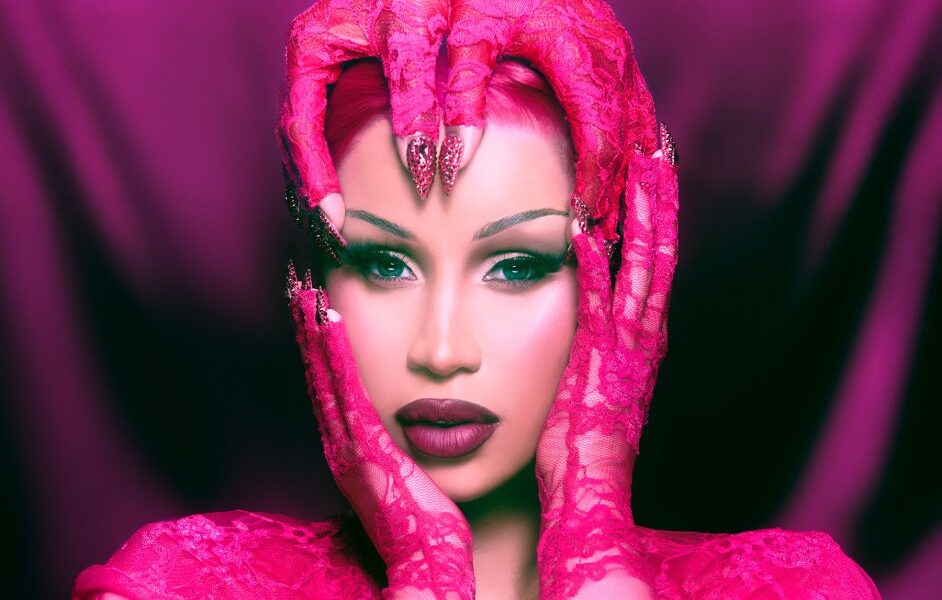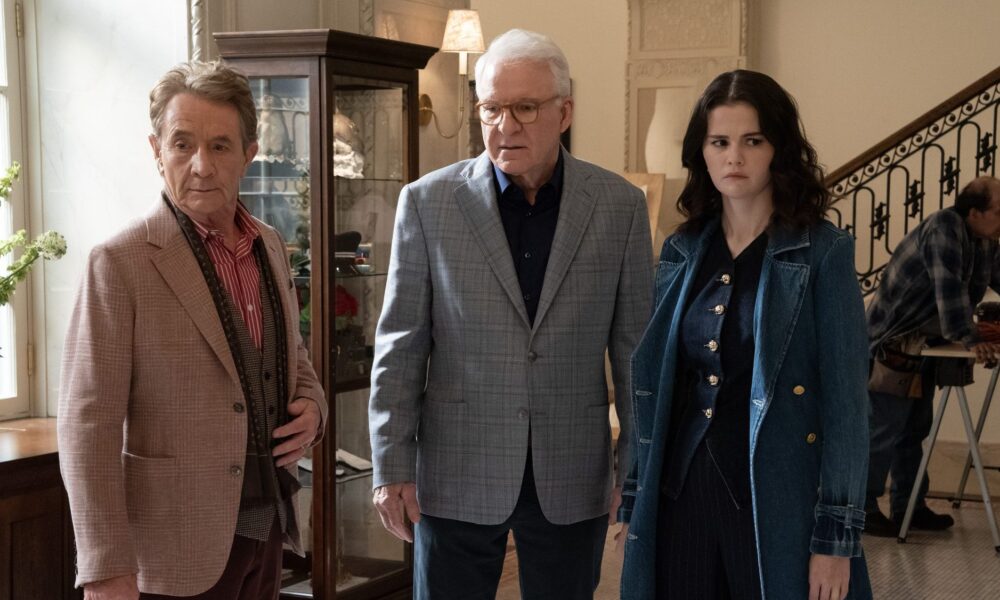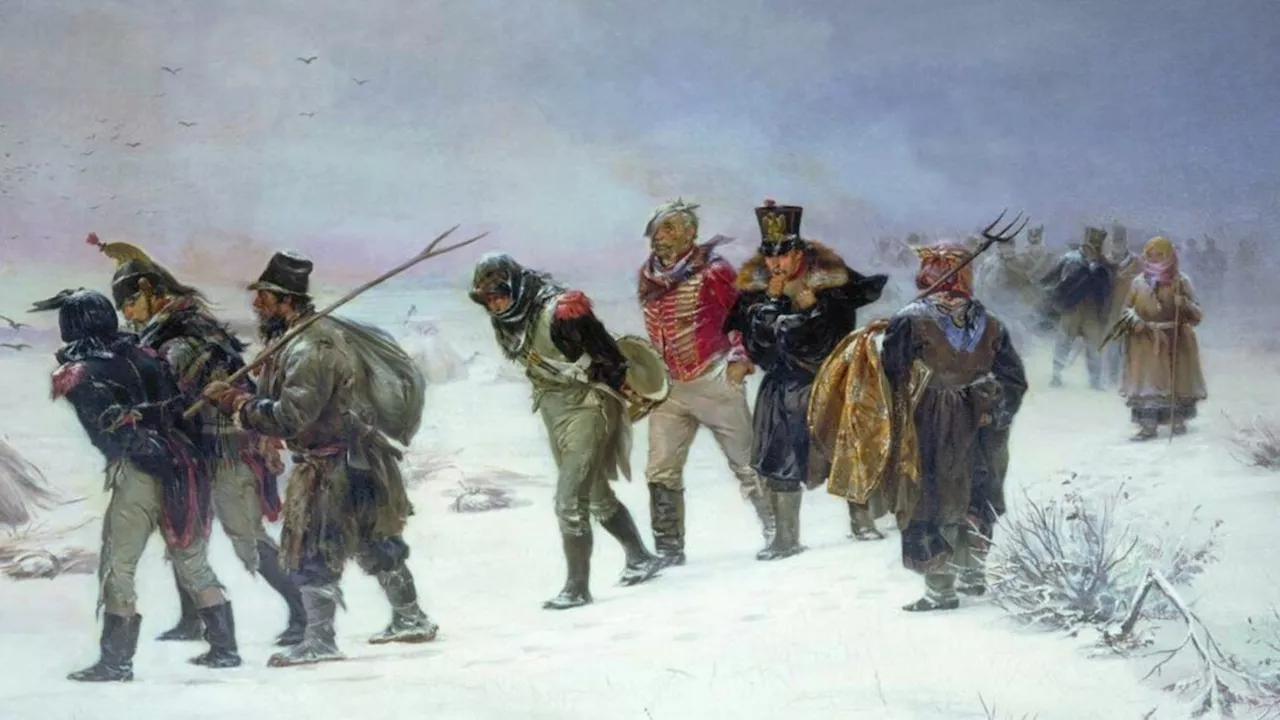The last fifty years of cinema have produced a remarkable array of films that showcase breathtaking visuals, thanks to the artistry of cinematographers, production designers, and directors. This article highlights ten films celebrated for their stunning imagery, each representing a unique approach to visual storytelling. From evocative black-and-white scenes to vibrant animated worlds, these films have redefined what it means to be visually captivating.
10. Raging Bull
Martin Scorsese’s boxing biopic, Raging Bull, features a striking black-and-white aesthetic that captures the raw intensity of the sport. The film follows Jake LaMotta, portrayed by Robert De Niro, whose shadow boxing in an empty ring sets a powerful visual tone. Cinematographer Michael Chapman utilizes contrasting images to balance the brutal fight sequences with the emotional turmoil of LaMotta’s personal life, creating a visually arresting experience.
9. The Last Emperor
The Oscar-winning drama The Last Emperor, directed by Bernardo Bertolucci, is a sweeping visual epic that chronicles the life of Chinese emperor Puyi. With cinematography by Vittorio Storaro, the film employs vibrant colors during Puyi’s reign and muted tones in his later years. The grandiose sets and thousands of extras illustrate the wealth of Imperial China, providing a rich backdrop for this historical narrative.
8. Spider-Man: Across the Spider-Verse
Breaking the barriers of animated storytelling, Spider-Man: Across the Spider-Verse expands on the visual style of its predecessor. Each universe in the film boasts its own unique aesthetic, from watercolors to punk-rock designs. This sequel to the original film showcases the limitless possibilities of animation, proving that computer-generated films can achieve artistic brilliance.
7. Fantastic Mr. Fox
In Fantastic Mr. Fox, director Wes Anderson employs stop-motion animation to create a visually distinctive film. The use of handmade elements, such as cotton balls for smoke, enhances the film’s whimsical charm. Each frame bursts with autumnal colors, making this adaptation of Roald Dahl’s work a celebration of both craftsmanship and storytelling.
6. The Tale of Princess Kaguya
Studio Ghibli’s The Tale of Princess Kaguya stands out for its unique hand-drawn animation style. Inspired by traditional Japanese art, this film utilizes minimalist details to evoke deep emotions. The labor-intensive process resulted in one of the most beautiful and calming animated experiences, reinforcing Studio Ghibli’s reputation for visual excellence.
5. Dune: Part Two
Director Denis Villeneuve returns to the world of Frank Herbert’s universe with Dune: Part Two, a visual spectacle that redefines science fiction filmmaking. The collaboration with cinematographer Greig Fraser results in breathtaking shots of the desert landscapes of Arrakis. Innovative techniques, including the use of infrared filters, enrich the film’s visual storytelling, making it a standout in contemporary cinema.
4. Hero
The martial arts epic Hero, directed by Zhang Yimou, employs a color-coded narrative structure that enhances its visual storytelling. Each segment of the film features distinct color schemes, creating a visually stunning experience. The artistic collaboration between Zhang and cinematographer Christopher Doyle showcases their commitment to aesthetic beauty, making it one of the most visually appealing martial arts films.
3. The Tree of Life
Terence Malick’s ambitious film, The Tree of Life, explores profound themes through a visually expansive lens. Cinematographer Emmanuel Lubezki captures both intimate moments of humanity and grand cosmic events, creating a striking contrast. The film’s innovative visual effects, developed with contributions from legendary artist Douglas Trumbull, further elevate its artistic merit, merging personal memories with universal themes.
2. Barry Lyndon
Stanley Kubrick’s Barry Lyndon is often described as “every frame a painting.” The film utilizes specially modified lenses to achieve a natural lighting effect, with scenes often illuminated solely by candlelight. This meticulous attention to detail and composition, guided by cinematographer John Alcott, results in a visually stunning historical drama that remains unparalleled.
1. The Assassination of Jesse James by the Coward Robert Ford
At the pinnacle of visual storytelling is The Assassination of Jesse James by the Coward Robert Ford, shot by renowned cinematographer Roger Deakins. The film’s muted color palette and deliberate use of focus create a dreamlike quality that enhances its narrative depth. Deakins’ mastery of light and composition transforms this Western into an unforgettable visual experience, solidifying his legacy in the world of cinema.
These ten films, spanning various genres and styles, represent the pinnacle of visual artistry in cinema over the past fifty years. Each entry showcases the extraordinary talent within the film industry and the power of visual storytelling to evoke emotion and convey complex narratives.

